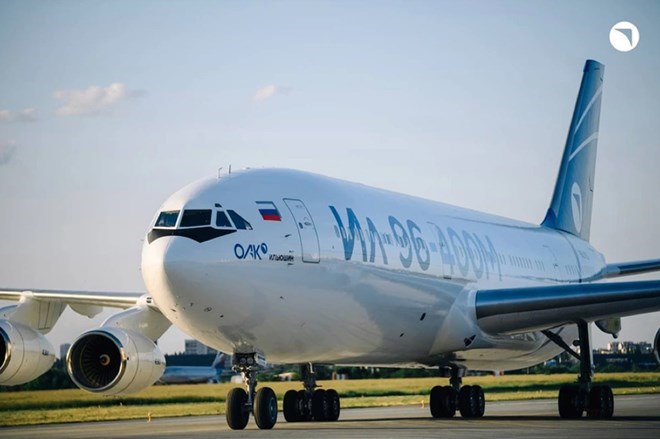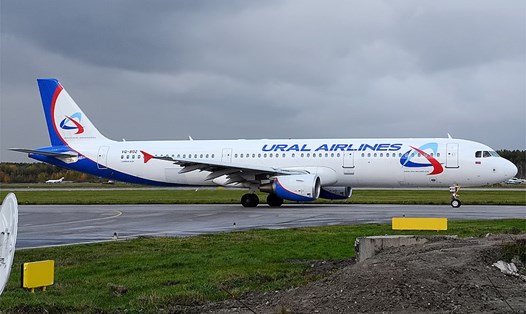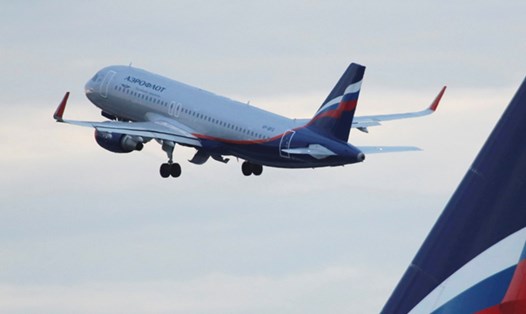Reuters reported that on February 24, the European Commission (EC) said that the latest package of sanctions imposed by the European Union (EU) on Russia not only includes measures such as banning imports of raw aluminum or blacklistsing dozens of oil tankers of the shadow fleet, but also expanding to the aviation sector.
According to the EC, the 16th package of sanctions expands the ban on flights in EU airspace for foreign airlines that conduct domestic flights in Russia or provide aviation equipment to Moscow.
The move comes as Russia considers allowing foreign airlines to operate domestic routes to cope with the shortage of aircraft due to Western sanctions.
The Russian Transport Ministry declined to comment on the new EU measures.
Previously, in October 2024, Russian Transport Minister Roman Starovoit said Moscow was negotiating with several Central Asian countries, including Kazakhstan, on the possibility of allowing airlines in the region to operate domestic flights in Russia.
According to Reuters, Russian airlines mainly use Western-made aircraft, making them highly dependent on imported components for repair and maintenance.

The new EU sanctions have further exacerbated the situation, especially as Russia has yet to accelerate the progress of domestically produced aircraft supplies. This puts more pressure on the Russian aviation industry, which is struggling to meet the increasing travel needs of the people.
However, the restrictions Europe imposes on the aviation sector not only affect Russia but also affect the whole world.
According to research cited by Moscow Times on February 12, many flights have to follow a longer route because dozens of Western countries have closed their airspace with Russia and vice versa. This increases CO2 emissions from the aviation industry, accelerating global warming.
Initially, the restrictions caused the number of flights between North America, Europe and East Asia to decrease sharply. When routes are adjusted, airlines are forced to fly around Russia, increasing operating costs and extending travel time.











